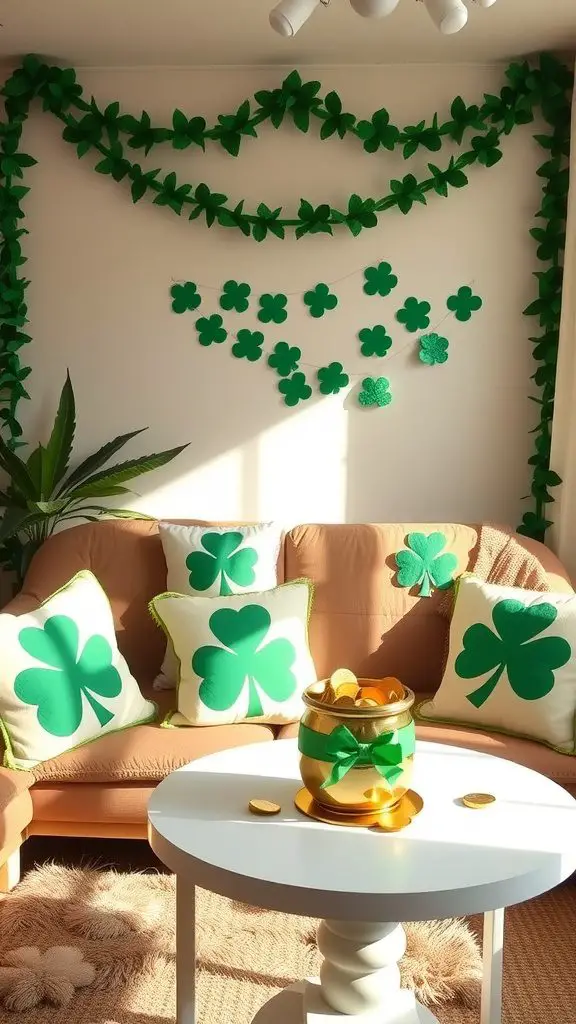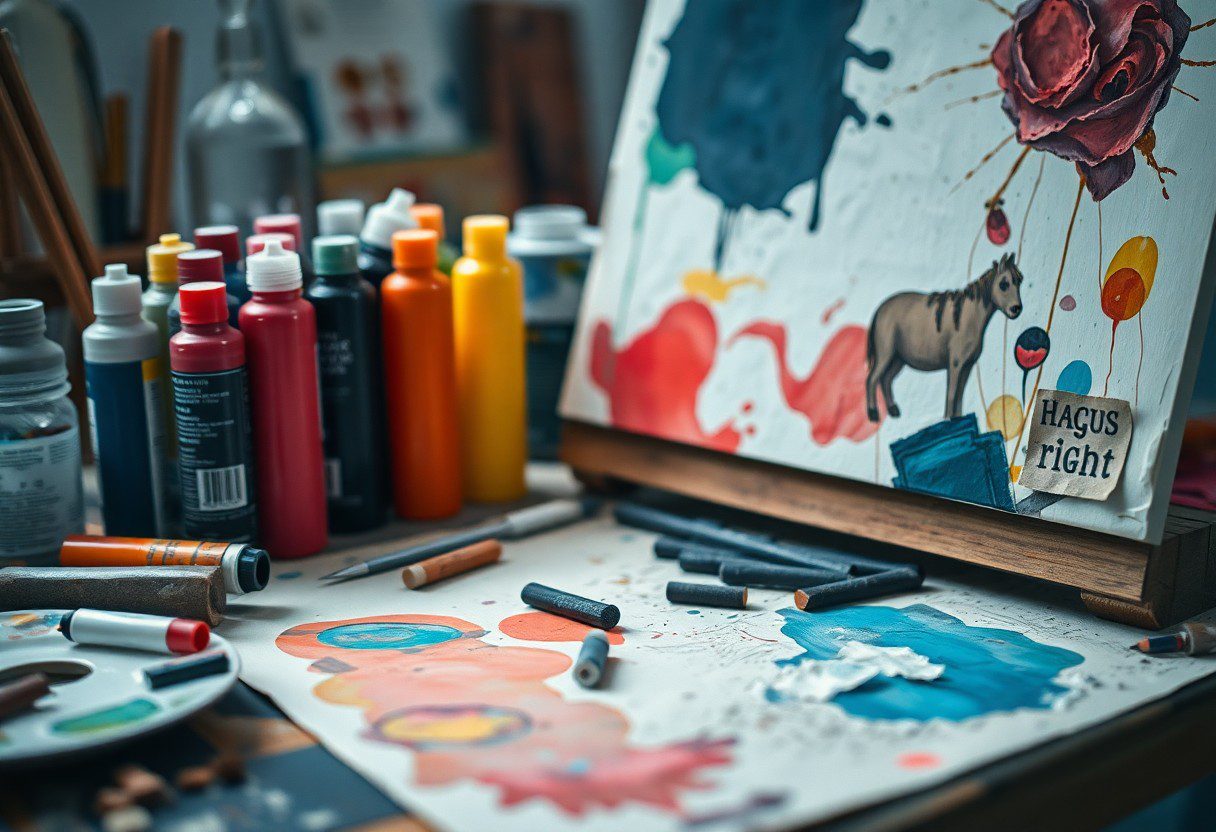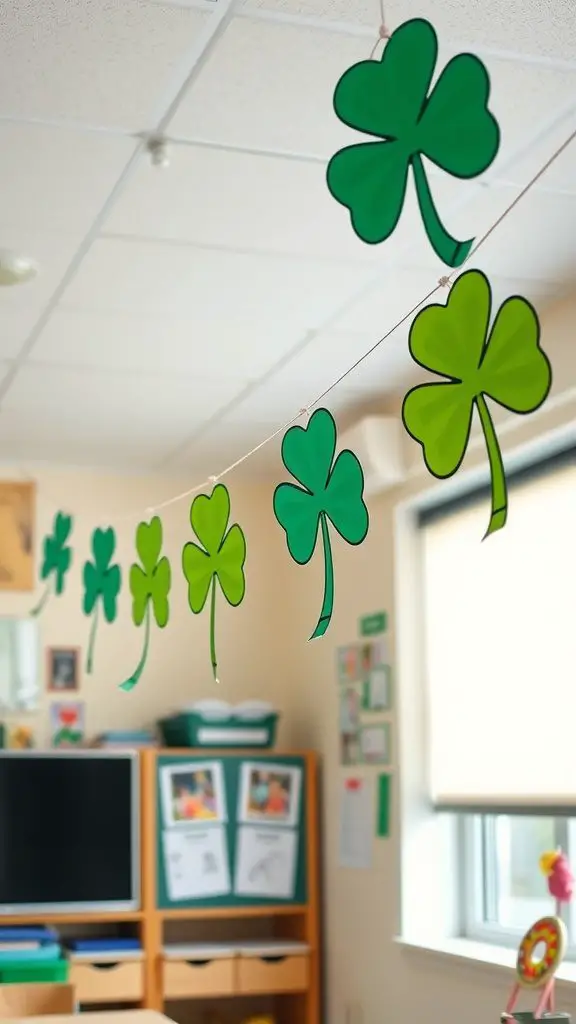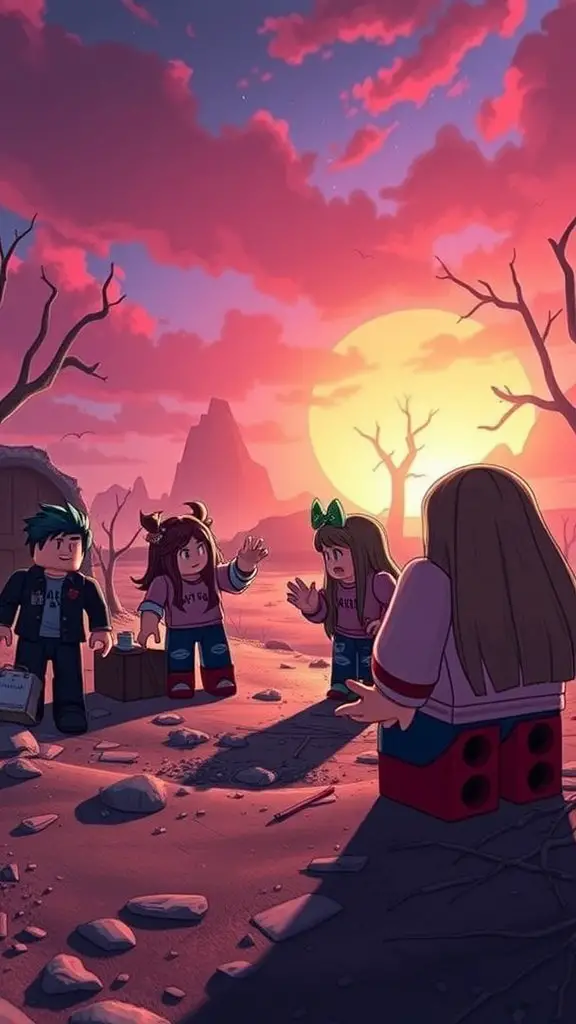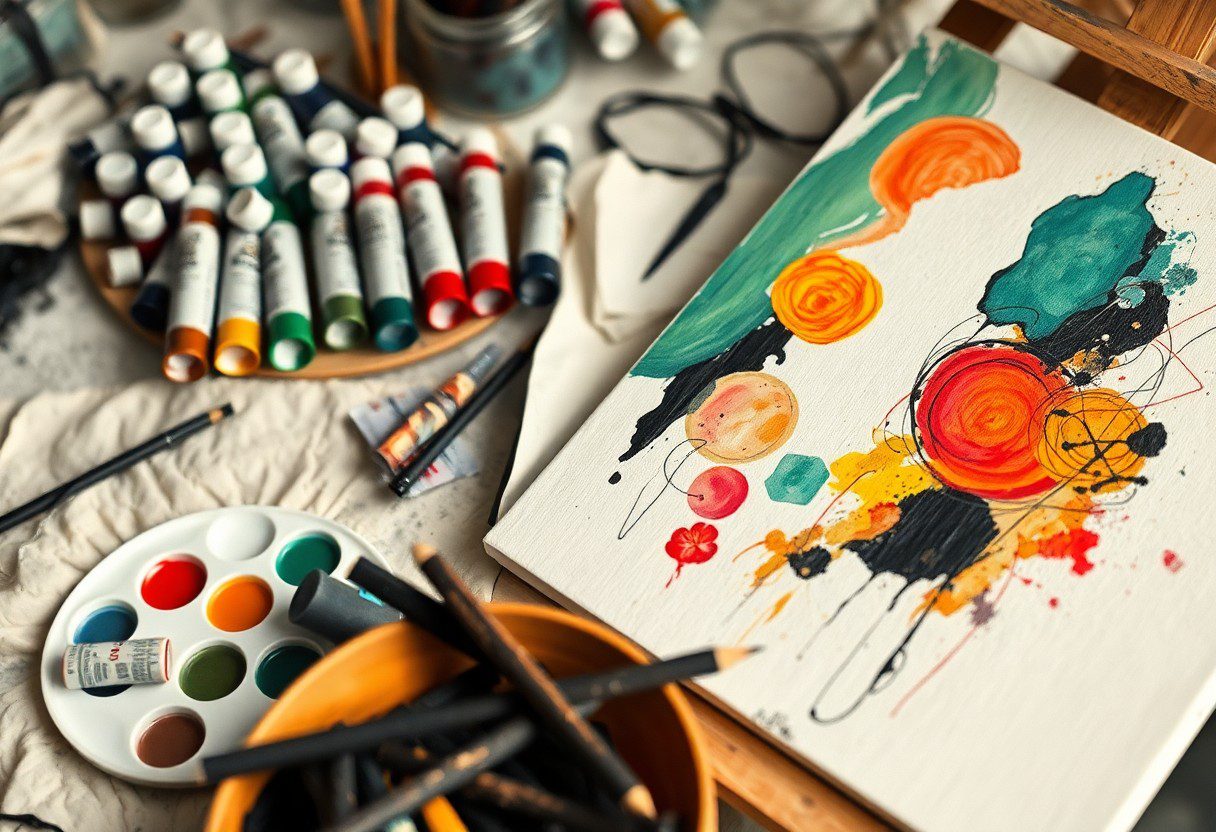With an array of materials at your fingertips, mixed media offers a unique opportunity for you to express your creativity in innovative ways. By combining various artistic elements like paint, collage, and found objects, you can create dynamic pieces that capture the viewer’s attention. This blog post will guide you through exciting techniques you can easily implement, allowing you to enhance your artistic skills and discover new styles that resonate with your vision. Dive in and see how experimenting with mixed media can transform your artwork!
Understanding Mixed Media
The world of mixed media invites you to explore your creativity by blending various materials and techniques. This unique art form allows for limitless possibilities, encouraging experimentation and innovation. By combining different mediums, you can create dynamic and engaging pieces that resonate with your personal style and artistic voice.
Definition and History
To appreciate mixed media, it helps to understand its definition and historical context. Mixed media refers to the practice of using two or more artistic mediums in a single artwork, such as paint, paper, fabric, and found objects. This technique has roots in ancient art, evolving significantly through movements like Dadaism and Surrealism, ultimately shaping the contemporary art world.
Key Elements of Mixed Media
History shows that mixed media is characterized by the combination of various materials, techniques, and styles. Elements you can incorporate include painting, drawing, collage, and even digital art. The versatility of including three-dimensional objects and textures adds depth to your artwork. Experimenting with these key aspects not only enhances your creative expression but also allows you to push the boundaries of traditional art forms, offering you new avenues of exploration.
Tools and Materials
Even though mixed media art is diverse and open-ended, having the right tools and materials can enhance your creative experience. You can combine traditional supplies with innovative additions to create unique textures and layers, making your artwork stand out. From brushes and palettes to adhesives and unconventional items, your toolkit can significantly influence your artistic exploration.
Essential Supplies for Mixed Media Art
One of the first steps in your mixed media journey is gathering important supplies. You should consider acquiring high-quality acrylic paints, various types of brushes, canvases, and texture mediums. Additionally, having a reliable adhesive and a selection of papers—like tissue or watercolor paper—will provide you with the foundational tools necessary to start exploring different techniques.
Exploring Unconventional Materials
Along your artistic journey, don’t hesitate to explore unconventional materials that can bring a unique flair to your work. Everyday items such as fabric scraps, newspapers, and found objects can be transformed into artistic components, adding depth and interest to your pieces.
Consequently, incorporating these unconventional materials allows you to unlock a new realm of creativity in your mixed media projects. Items like recycled paper or plastic wrappers can contribute unexpected textures and layers that amplify your visual narrative. However, it’s important to ensure that whatever materials you use are safe for your workspace. By utilizing both conventional and unconventional items, you can achieve a rich tapestry of texture and meaning in your artwork, allowing your personal style to shine through.
Techniques to Experiment With
One way to broaden your artistic horizons is by delving into various mixed media techniques. These approaches offer unique opportunities for creativity and self-expression, enabling you to blend different art forms seamlessly. Embrace the process of experimentation, as you discover how layering diverse materials can create depth and intrigue in your artwork.
Collage and Assemblage
About collage and assemblage—these techniques encourage you to combine cut-out images, text, and found objects to create a cohesive piece. You can source materials from magazines, photographs, or even your own drawings, allowing your work to reflect your personal narrative. The beauty lies in the juxtaposition of textures and ideas, offering endless possibilities for artistic exploration.
Painting with Mixed Media
After understanding the basics of painting, incorporating mixed media can elevate your artwork to new heights. This technique allows you to combine traditional painting methods with elements such as paper, fabric, or even 3D objects. By embracing different media, you can experiment with textures, colors, and shapes that enhance the emotional and visual impact of your pieces.
At its core, painting with mixed media is about pushing the boundaries of your creativity. You might use acrylics alongside watercolors, or even incorporate pastels and inks for added dimension. Feel free to play with layering techniques, applying a first layer of paint, allowing it to dry, and then adding a contrasting material to create a striking effect. You will discover that the versatility of mixed media can lead to surprising and delightful outcomes, helping you to develop a distinctive artistic style.
Layering Techniques
Now that you’ve examined into mixed media, exploring layering techniques can elevate your artwork to new heights. Layering involves applying various materials and textures in multiple stages, enabling you to create depth and intrigue in your compositions. This method not only enhances visual interest but also invites viewers to engage with your work on a more profound level.
Importance of Layers in Mixed Media
Around the foundation of mixed media lies the importance of layers. Each layer adds dimension and storytelling, allowing you to express complex ideas and emotions. By building upon your initial designs and integrating different materials, you create a narrative that unfolds through your artwork, encouraging viewers to explore each section closer.
Tips for Effective Layering
Above all, you should keep in mind these necessary tips for effective layering in your art:
- Start with a strong base layer to set the tone.
- Incorporate textures to create visual interest.
- Experiment with transparency for depth.
- Allow each layer to dry before adding another.
Any successful layering technique enhances your artistic expression and allows your creativity to shine.
Consequently, applying these tips will refine your approach to layering, ensuring each layer contributes to the overall composition. It’s vital to use various mediums, such as paint, paper, and found objects, strategically to produce unique effects. Effective layering fosters an inviting experience for your audience, prompting them to take a closer look. Any thoughtful application of these techniques will elevate your mixed media projects.
Combining Different Styles
Many artists find that merging different styles enhances their creativity and allows for unique artistic expression. By combining techniques from various art forms, you can create visually striking pieces that challenge traditional boundaries. Experimenting with different styles not only broadens your skill set but also enriches your artistic journey, enabling you to discover your distinctive voice.
Blending Painting and Photography
Behind every compelling piece that integrates painting and photography is an exploration of textures and dimensions. By layering painted elements over photographic images, you can introduce depth and emotion, creating a dialogue between different mediums. This fusion invites viewers to engage with your work on multiple levels, enriching their experience.
Incorporating Text and Typography
Between artistic expression and communication lies the dynamic world of incorporating text and typography into your artwork. The use of words can transform a visual piece by adding layers of meaning that resonate with the audience. Consider how you can enhance your message through thoughtful text placement and font choices, allowing your work to convey emotions and ideas more vividly.
Hence, when you incorporate text and typography in your art, you provide an additional layer of narrative and context. This method allows you to merge visual aesthetics with written language, ensuring your message connects with viewers. You must choose fonts and text placements that enhance the overall composition, creating harmony and interest. As you explore these elements, be mindful that unexpected combinations can lead to innovative creations. Your aim should be to engage the viewer’s attention while ensuring that both your visuals and text maintain a cohesive relationship to enhance the overall impact of your piece.
Showcasing Mixed Media Art
To effectively showcase your mixed media art, consider the unique characteristics of each piece to select the perfect presentation that accentuates its depth and texture. You can create a captivating display by integrating different materials, enhancing the narrative behind your artwork. Think about how lighting, framing, and arrangement can elevate your work, inviting your audience to engage more deeply with the layers of your creativity.
Display Techniques
Display your mixed media art in ways that reflect its dimensionality. Wall-mounted pieces can be enhanced with shadow boxes or floating frames, allowing the viewer to appreciate the different layers. For three-dimensional work, consider using pedestals or exhibition cases that draw attention from various angles. Don’t shy away from incorporating varied heights and orientations for a dynamic presentation that thoroughly captures your artistic vision.
The Role of Exhibitions
After creating your mixed media art, participating in exhibitions can significantly amplify your visibility as an artist. They provide an opportunity to share your work with a broader audience, fostering connections and conversations that can ignite interest and appreciation for your art.
At exhibitions, you can interact directly with your audience, receiving immediate feedback that can be invaluable for your artistic growth. These events also serve as platforms to network with other artists, art collectors, and curators, leading to potential collaborations or future opportunities. Exhibiting your work not only enhances your professional profile but also allows you to immerse yourself in the vibrant art community, expanding your creativity and inspiring others along the way.
FAQ
Q: What is mixed media art?
A: Mixed media art refers to an artistic technique that combines various materials and mediums in a single piece. This can include traditional materials like paint and ink alongside non-traditional items such as fabric, paper, found objects, and even digital elements. The goal is to create a unique and textured artwork that explores the interplay between different mediums.
Q: What are some innovative techniques to try in mixed media art?
A: There are numerous innovative techniques to experiment with in mixed media art. Some popular methods include layering different materials to build texture, incorporating collage elements, using unconventional tools for applying paint, and integrating 3D objects into flat artwork. Artists can also try techniques like printmaking, stenciling, or using photography combined with paint to achieve unique effects.
Q: What materials are best for beginners exploring mixed media?
A: Beginners can start with a variety of readily available materials for mixed media art. Basic supplies include acrylic paints, watercolors, markers, canvas or thick paper, glue, scissors, and various papers (like magazines, newspapers, or wrapping paper). Also, incorporating everyday objects, such as buttons, fabric scraps, or old photographs can enhance the creative process without requiring specialized materials.
Q: How can I develop my own style in mixed media art?
A: Developing a personal style in mixed media art involves experimentation and exploration. Begin by trying out different techniques and materials to see what resonates with you. Keep a sketchbook to jot down ideas and inspirations, and analyze your past works to identify themes or elements you enjoy. Over time, your preferences will guide you toward a unique artistic voice.
Q: Are there any online resources or communities for mixed media artists?
A: Yes, there are several online resources and communities that cater to mixed media artists. Websites like Pinterest and Instagram offer vast visual inspiration and tutorials, while platforms like YouTube host numerous instructional videos. Additionally, forums and groups on social media platforms can connect you with fellow artists for sharing tips, critiques, and collaborative projects.
